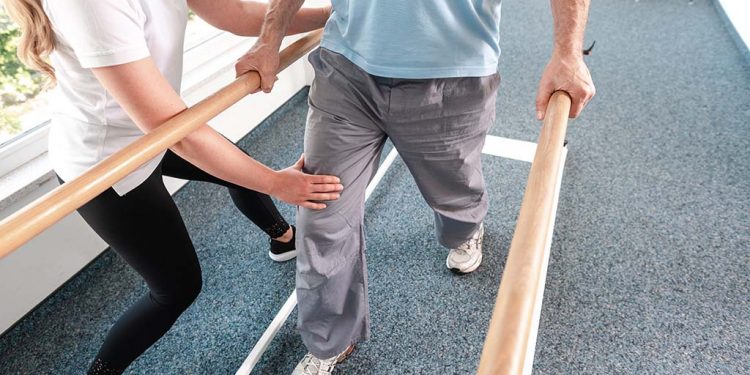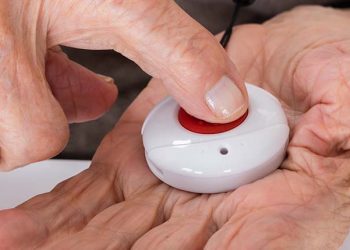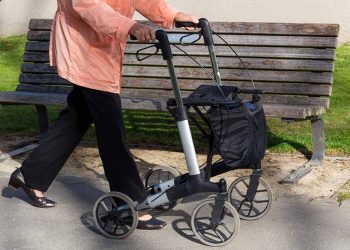Sensor-based technologies that record the gait pattern and detect deviations at an early stage in order to prevent falls or adapt rehabilitation measures.
Gait analysis is a diagnostic procedure used to systematically observe and evaluate a person’s gait. It is used in both medicine and physiotherapy to identify abnormalities or disorders in the movement sequence. Various aspects of walking are examined, such as posture, coordination, symmetry of movement and speed.
Modern technologies are often used in gait analysis, such as pressure sensors, cameras or wearable devices that precisely record movements. The results of the analysis help to develop targeted treatment or therapy approaches to improve mobility and reduce health risks.
What gait analysis can do
Early detection of health problems: In old age, problems such as joint pain, muscle loss or neurological diseases can affect the gait pattern. A gait analysis helps to detect such problems at an early stage and take appropriate measures.
Individual therapy approaches: Based on the results of the analysis, targeted physiotherapy exercises and aids can be recommended to improve mobility and prevent falls.
Fall prevention: An uncoordinated gait pattern or unsteadiness when walking increase the risk of falling. Gait analysis shows exactly where a person’s balance or stability is impaired. This makes it possible to carry out specific exercises to improve balance and gait.
Prolonging independence: By improving gait functions in good time, older people can maintain their mobility and independence for longer. This leads to a higher quality of life, as those affected can cope with everyday life without additional help.
Monitoring progress: During rehabilitation after operations or injuries, gait analysis can objectively measure the progress of healing. This helps to adapt the therapy and make the healing process more efficient.
Overall, gait analysis helps to promote the well-being of older people by taking a preventative approach to potential health risks and offering individually tailored solutions.
Author: Anja Herberth
Chefredakteurin
















